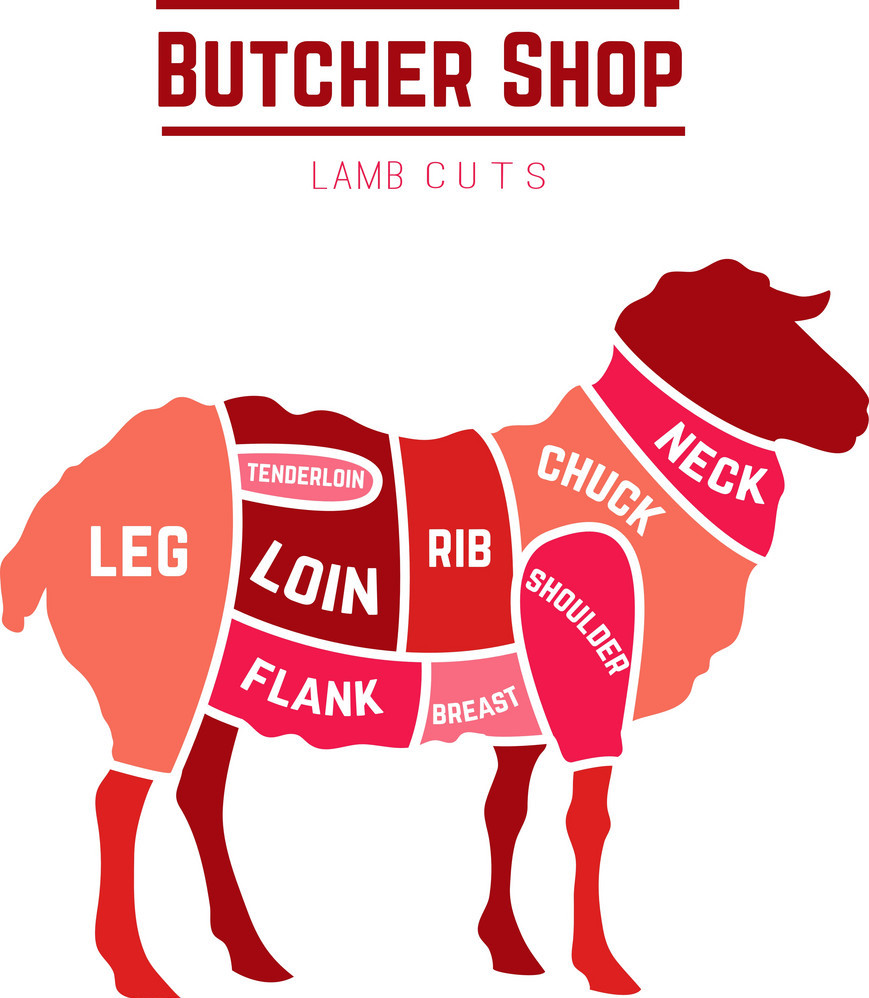23/11/23
English, like many other languages, has separate words for the animal and the meat that comes from it.
Click HERE to download the Weekly English Practice as a PDF.
Useful Vocabulary
1. Roots- The origins or historical beginnings of something; the fundamental source or basis from which something has developed.
2. Reflected- To mirror, express, or show an image or idea; to manifest or exhibit something, often as a result of influence or impact.
3. Gap – A break or opening in a structure or continuity; a space or interval where something is missing or where there is a difference or disparity.
4. Ready-Made- Pre-assembled or prepared in advance; already available for use without requiring additional effort or customization.
5. Shaping – The process of giving form or structure to something; the act of influencing the development or creation of a particular outcome or shape.
The Lamb and Mutton Effect
The way we name animals and the meat they provide is connected to the history and culture of the English language. This interesting language feature, known as the “lamb and mutton effect,” has its roots in the history of England after the Norman Conquest in 1066. Back then, English-speaking farmers took care of animals, while the ruling Normans enjoyed prepared dishes. As a result, English started using Anglo-Saxon names for live animals like sheep, cow, and pig, and French-based names for the meats—mutton, beef, and pork. This reflected the social and class differences of that time.
This language difference still exists today, showing the historical gap between those who raise animals and those who can buy ready-made dishes. Using different names for the live animal and its meat keeps reminding us of the social structures and class differences that have been around for a long time.
This separation in language might also help people feel a bit removed from where their food comes from. By giving specific names to meats in a more abstract and cooking-related way, it makes it easier for people to think about food without connecting it directly to the animals. This way of talking about food is a fascinating reflection of historical, social, and psychological factors that have played a big role in shaping the language and how we see food in English.
These language differences show us how history, culture, and language all work together to influence how we talk about and understand the food we eat.
by ECP coach Jarrod Olman
Let’s chat about that
- Cultural Connection: How does naming animals and their meat in English show the influence of history and culture, and do other cultures have similar language connections?
- Today’s Impact: Why does the way we name meat still show a gap between those who raise animals and those who buy prepared dishes, and how does it affect social differences now?
- Psychological Aspect:How does using different names for live animals and their meat help people feel a bit distant from where their food comes from, and what does this mean for how we think about our meals?
- Language Change: Has the language we use for food evolved over time, and can you think of other examples that show how society has changed?

